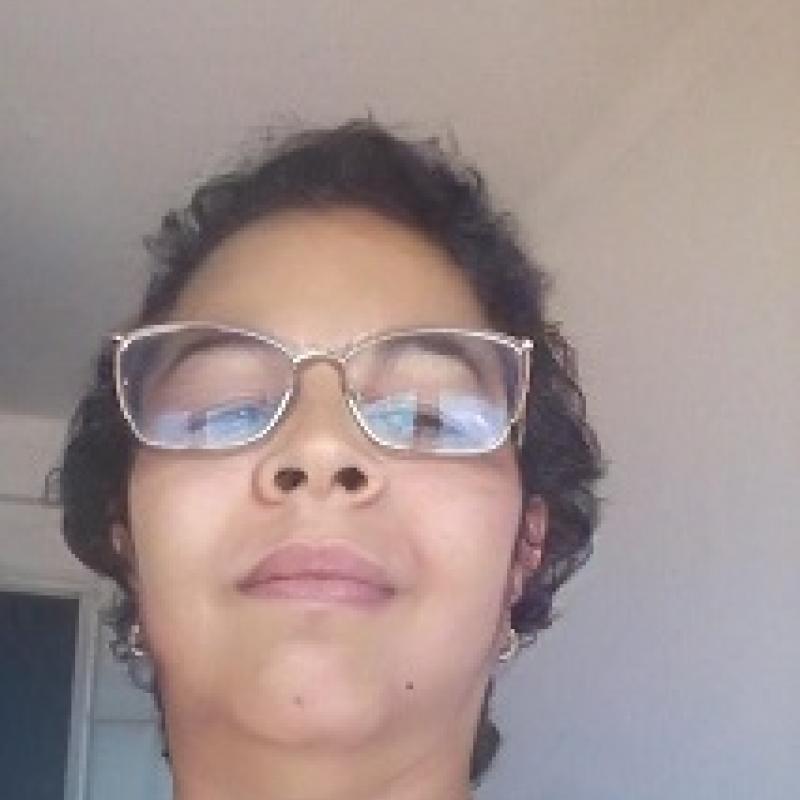I am a professional of, and passionate about, food production and plant protection. Also, I am an experienced project manager with track records working for government and private institutions in Morocco as well as development agencies (FAO).
I have an agriculture engineering degree in Morocco and a PhD in Entomology from WSU-USA and I am skilled in gender approach and policy evaluation.
My job and my volonteering activities led me to work and implement projects on women economic empowerment and gender issues. This is currently my main area of intervention.
You can also find me in
https://www.linkedin.com/in/malika-bounfour-79277140/

Malika Bounfour
President Association Ayur pour le Développement de la femme RuraleGreetings to all
Thank you for this topic as methodology usually dictates the quality of the report.
Some of my takes on mixed methods through examples:
Q2. for mixed methods evaluation – Are these instruments developed at the same time or one after another? How do they interact?
The ideal situation is to have all the instruments ready beforehand. However some qualitative instruments may give room for “improvement”. Example in key informant interviews or focus groups, open-ended questions help improve the qualitative data gathering in case unexpected results wee found/observed. .
Here is a reference from the world bank that describes situations where the quantitative and qualitative methods are used. It is for impact evaluation but I find it valuable for most study/research situations.
Impact evaluation in practice
Best regards
Malika